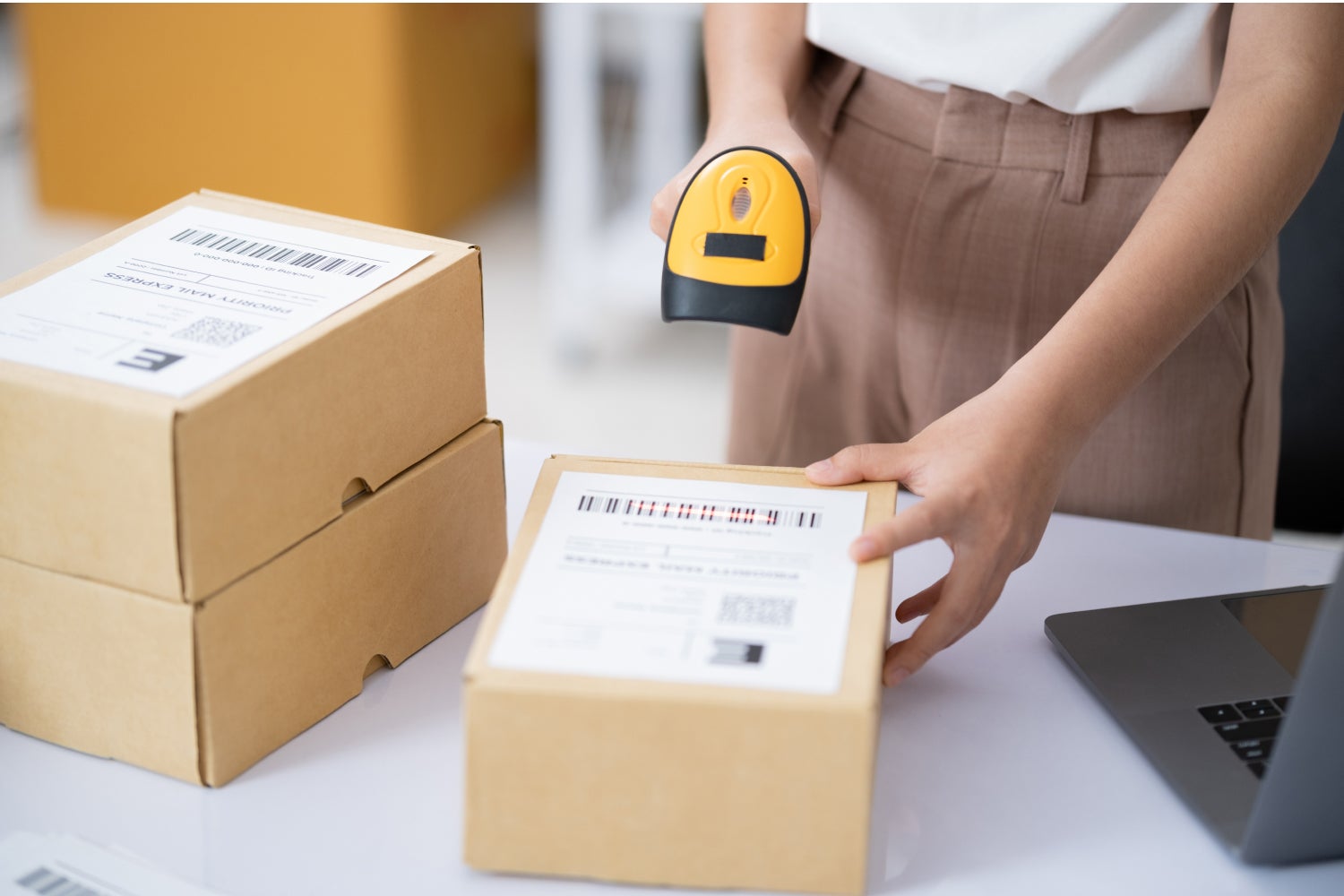This article has been updated. It originally published on Nov. 25, 2024.
The ability to click a button and get a little treat sent right to you can feel like a miracle of technological and supply-chain convenience. It’s no grand revelation that getting a speedy shipment of vitamins or new socks to your doorstep within a day or two comes with an emissions toll. But does that mean in-store shopping is the best choice in every scenario? Not exactly.
In an ideal world, retailers would ease a lot of the carbon burden for us. Analyses have found that an e-commerce system in which sellers opt for slower shipping speeds, switch to electric fleets, and consolidate packages into fewer trips would allow home delivery to become the most planet eco-friendly shopping option—bar none. In a reality where same-day and next-day shipping has become the norm, however, more delivery vehicles are driving longer with multiple drop-offs, which is far less efficient.
The final leg of home delivery, often referred to as the “last mile,” is what drives up emissions. Toting goods to individual homes is responsible for up to 50% of all carbon from delivery vehicles, which amounted to 4.5 million tons of CO2 in 2020—that’s equal to the greenhouse gases associated with powering nearly a million homes for a year.
There are also a lot of bumps in the e-commerce road that can spike its negative impacts. Up to 20% of packages aren’t delivered on the first try, and about 17% of online purchases are returned. Then there’s pollution and waste: About one-third of trash in the U.S. comes from e-commerce packaging, and delivery vehicles usually run on diesel, whose exhaust pollutes the environment and harms health.
This, of course, all comes with a big ol’ but: If going to the store requires a separate drive, it could make more sense from a planet-warming POV to order what you need. One analysis even found that shopping online would significantly reduce vehicle emissions in some circumstances. As we wait for potentially climate-friendly last-mile solutions to take over, here are a few ways we can lessen the impact of our deliveries.
Good: Slower shipping
Picking the slowest shipping speed available allows companies to better consolidate their freight shipments. Taking time to efficiently—and fully—pack trucks means half-empty ones aren’t doing the rounds and wasting fuel. Not to mention, the zippiest delivery options, especially for international purchases, tend to be via flight, which is around 20 to 30 times more polluting than sea freight.
Better: Consolidate your orders
Rather than a bunch of micro purchases, add items to your cart over time and only head to checkout when you have multiple items to order. If the retailer offers the option to group your items into one box—that might arrive a bit later—take it. This is often the case for giants like Amazon and Walmart, and if you shop on reselling sites like Etsy or Poshmark buying multiple items from the same seller can allow one shipment to be full of multiple goodies.
Best: Use a central pickup point
If it’s available in your area, opting to have deliveries sent to a nearby pickup location, like a UPS Store or Amazon Locker, means trucks can run tighter routes with fewer stops. One study estimates that taking advantage of pickup points could reduce emissions from the last mile by up to two-thirds. For extra credit: Don’t make a special trip to pick up your purchase, but swing by when you’re already in the neighborhood.

